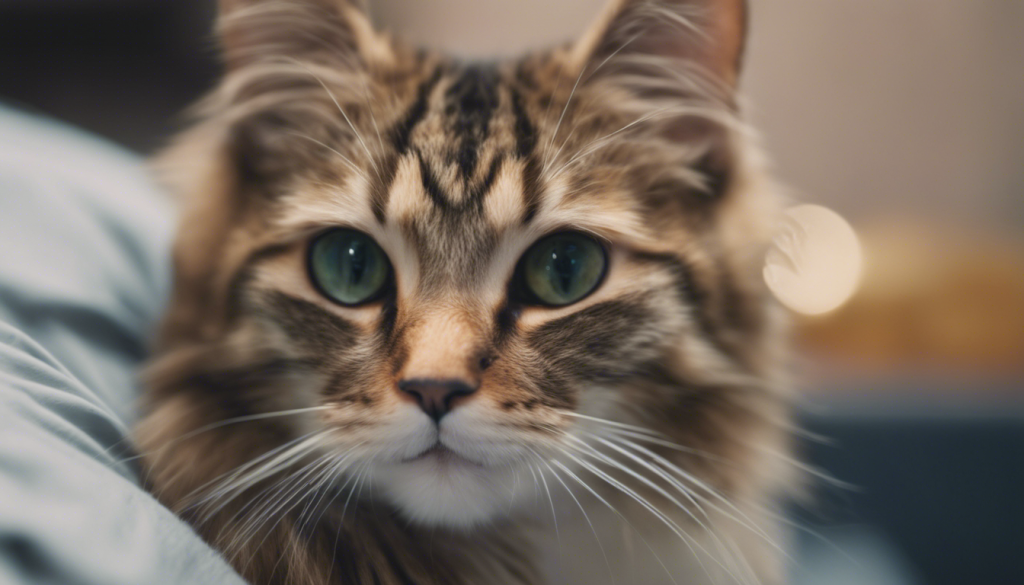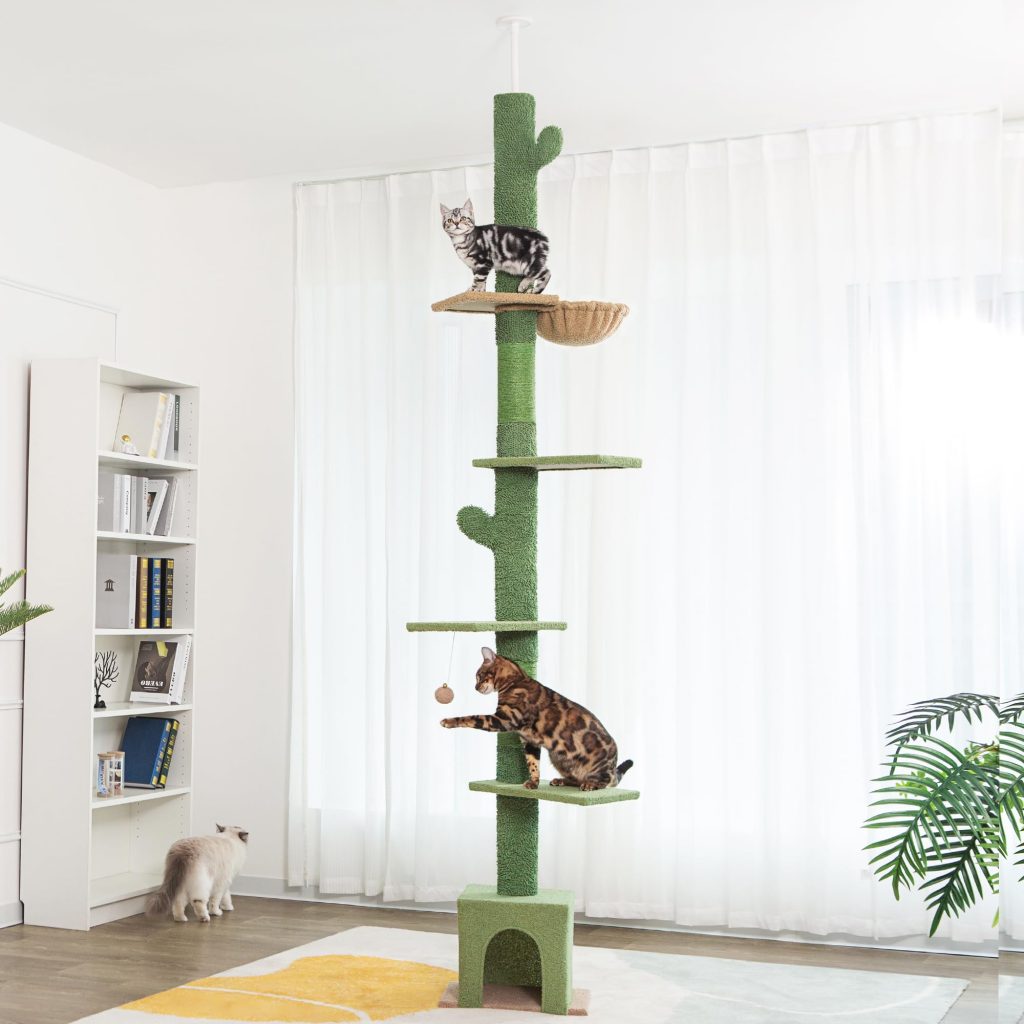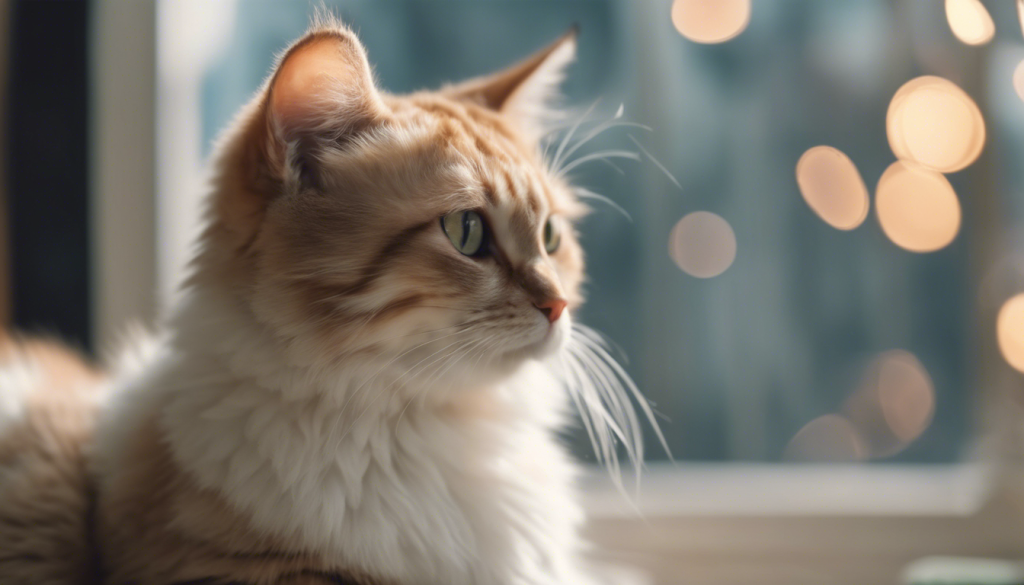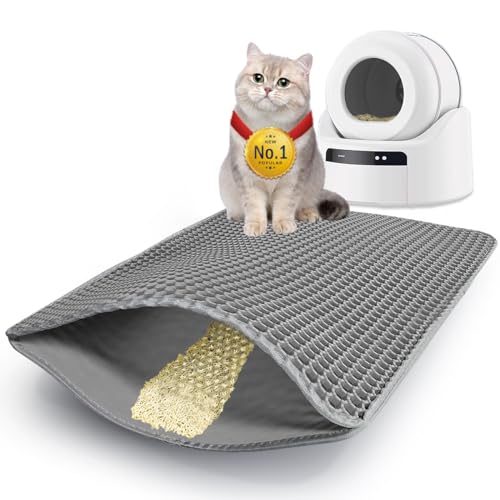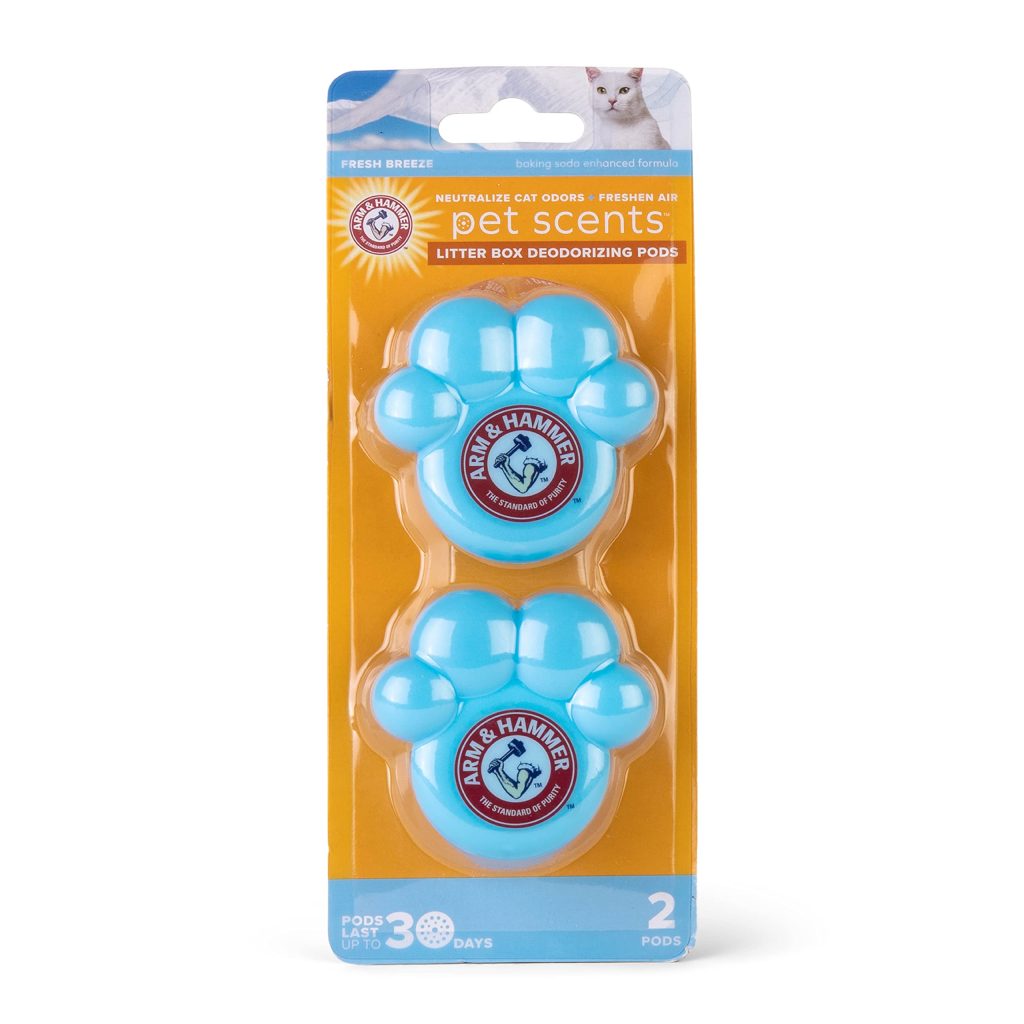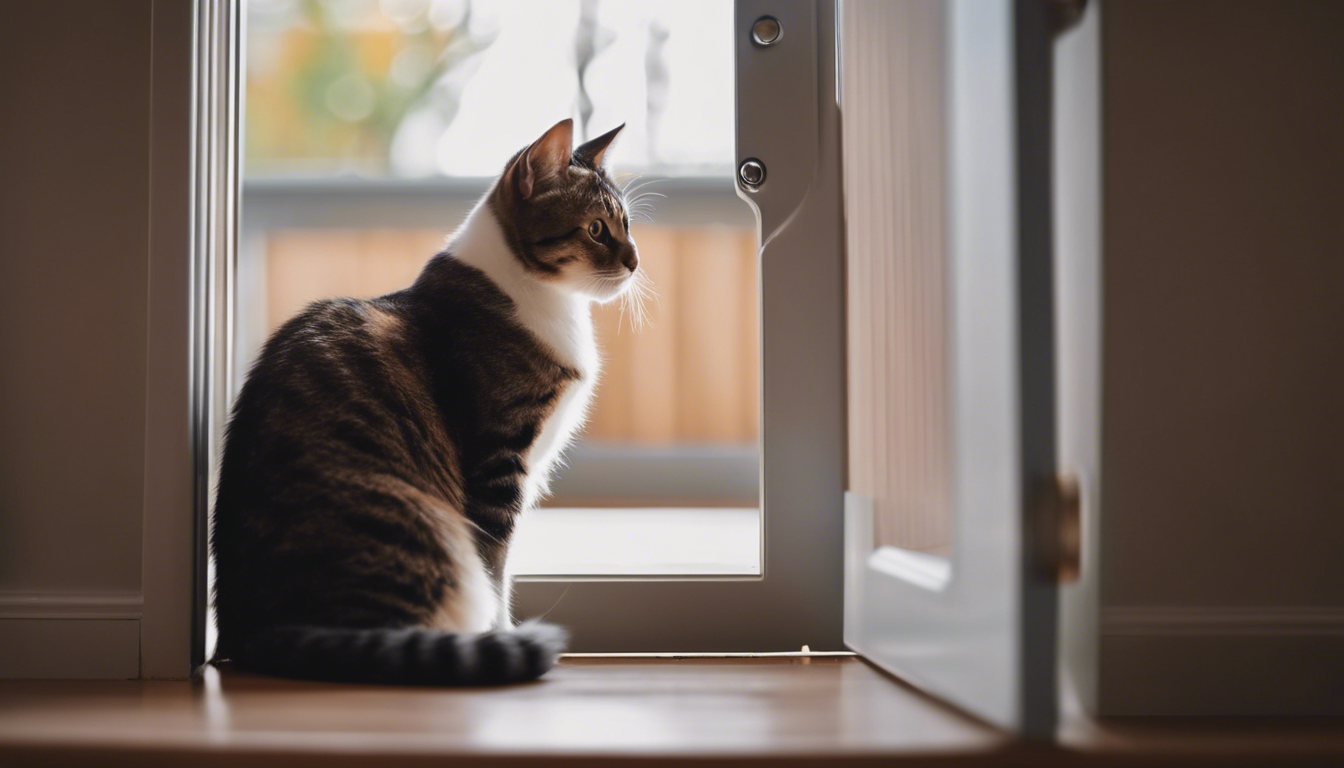
Training Your Cat to Use a Cat Door
Understanding Feline Behavior and Communication
Cats are mysterious creatures, known for their independent nature and unique behaviors. Understanding your cat’s behavior and communication is important when it comes to training them to use a cat door. Cats communicate through various means, such as body language, vocalizations, and scent marking. By observing and understanding these communication cues, you can establish a strong foundation for successful cat training.
Body Language
Cats use their body language to express their emotions and intentions. When your cat feels relaxed and content, they may exhibit behaviors such as slow blinking, kneading, and purring. Conversely, an anxious or stressed cat may display signs like flattened ears, dilated pupils, and a twitching tail. By closely observing your cat’s body language, you can better understand their comfort level and adjust training techniques accordingly.
Vocalizations
Cats use an array of vocalizations to communicate with their owners and other animals. Meowing, purring, hissing, and growling are just a few examples of how cats express themselves verbally. Each vocalization has its own meaning and context. For instance, a meow can be a request for attention or food, while a hiss indicates fear or aggression. By paying attention to the different sounds your cat makes, you can gain insight into their wants and needs.
Scent Marking
Scent plays a significant role in feline communication. Cats have scent glands located on various parts of their bodies, including their paws, cheeks, and tail base. They use these glands to mark their territory and communicate with other cats. You may notice your cat rubbing against furniture or walls; this behavior is known as head bunting and leaves behind their scent as a friendly greeting. Understanding the importance of scent and its role in your cat’s behavior can help you establish a positive training environment.
Training Techniques for Encouraging Cat Door Usage
Training your cat to use a cat door can be a rewarding experience for both you and your feline companion. Here are some practical techniques to assist you in the training process:
- Positive Reinforcement: Utilize rewards to encourage your cat’s desired behavior. Whenever your cat shows an interest in or approaches the cat door, praise them and offer treats or their favorite toy as a reward. Positive reinforcement strengthens the association between the cat door and a positive experience, motivating your cat to explore further.
- Gradual Introduction: Cats are creatures of habit, so easing them into the idea of a cat door is essential. Start by propping the door open and allowing your cat to observe it from a distance. Place treats or enticing toys near the door to create curiosity. Gradually decrease the distance between your cat and the open door, ensuring they’re comfortable at each stage before progressing.
- Motion Activation: Many cat doors on the market are equipped with motion sensors that detect when a cat approaches. These doors open automatically, removing the need for manual pushing or pulling. Such doors can be particularly beneficial for shy or skittish cats who may feel intimidated by the physical act of pushing through a door.
- Familiarization: Cats may feel more comfortable using a cat door if they recognize familiar scents on the other side. Placing bedding or toys with their scent near the cat door can create an inviting atmosphere and encourage exploration.
Impact on the Cat-Owner Relationship
The process of training your cat to use a cat door can have a profound impact on the bond between you and your feline companion. By providing them with the means to independently access the outdoors or other areas of your home, you’re empowering your cat and promoting their natural instincts. This newfound freedom and sense of autonomy can improve your cat’s overall well-being and quality of life.
Additionally, training your cat to use a cat door reinforces trust and strengthens your relationship. It demonstrates that you understand their needs and are willing to invest time and effort into their happiness. By engaging in positive reinforcement training techniques, you establish a positive association with the cat door, creating a harmonious environment for both you and your furry friend.
Remember: Every cat is unique and may require different training methods and timelines. Patience, consistency, and understanding are key when embarking on any training endeavor. Celebrate small victories along the way, and soon enough, your cat will confidently navigate the cat door, embracing their newfound freedom!
